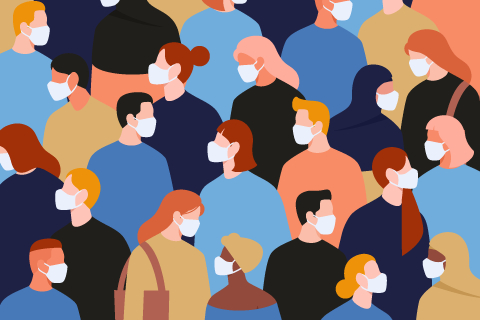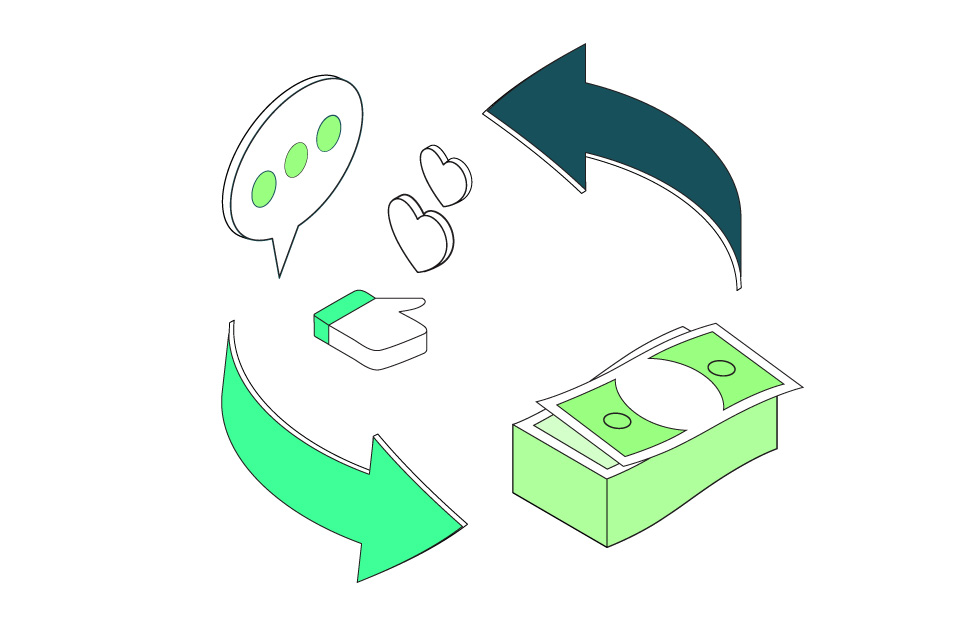By Jo Causon, CEO, The Institute of Customer Service
One of the things we are learning from the last 15 months is that it was easier to enter the Covid lockdown than it is to come out of it. This time last year, everyone was hopeful that things would be more or less ‘normal’ by Christmas. But now it’s clear that we are all going to have to live with Covid for many years to come: in a global environment, continuing infections and disruptions abroad (and the UK) will have an impact on us all, despite the great progress that we’re making here through the vaccination programme.
Supply chain impacts in a different landscape
This means that expectations have to change. In recent years, we have got used to a world of rapid response and instantaneous service, even if we didn’t always need it! However, the impacts of the pandemic on supply chains and product development are continuing and very real. Customers currently have to wait around 16 weeks for deliveries of furniture and other household items, and more goods are out of stock. The worldwide shortage of computer chips is clearly disrupting a number of products and services from computers and phones to cars. If you work in the construction or building services industries, you will be acutely aware of the building materials shortage. And labour is scarce in some sectors as well, affecting restaurants and hospitality businesses, and those that rely on drivers.
Not all of this is down to Covid, of course – it’s a combination of factors impacting across the world including Brexit and the Suez Canal incident that blocked traffic for days and caused long knock-on effects.
It all demonstrates that we’re facing into a very different landscape than existed before anyone knew what the coronavirus was. We’re entering the next stage of the ‘Covid recovery’ and will need to be responsive and adaptable to deal with it.
Hybrid working and new operating models
This means that businesses need to adjust and learn too. Most immediately, we need to grasp the nettle not only of new working models as conditions here improve – developing what will in most cases be a hybrid model – but the type of work we do. This is actually going to be harder to manage than pure remote working. During the height of the pandemic, it was simpler because everyone was working in one way. Under hybrid working, people will be working differently from each other at different times.
With some people working remotely and others in the office/in person, ensuring things don’t fall between the cracks – making good on promises to customers, for example, or rectifying service issues that require collaboration between teams – will require plenty of planning. Combining technology with human intervention will need some thinking to ensure the best outcomes are achieved. One thing is for sure – we will need to hone our management and leadership skills.
Setting customer expectations, supporting staff
Organisations will also need to be open and considered with customers – setting their expectations transparently and honestly in order to avoid frustration or disappointment. There may be occasions when a business has to tell a customer that it won’t be able to meet a certain turnaround or delivery time. Those businesses that are transparent and clear will retain customer trust better than those who avoid an awkward conversation but then fail to deliver.
Life won’t suddenly become easier for staff, either. Many will be nervous about making even a partial return to the office (though others will welcome and embrace it). Life will probably continue to feel unusual for quite some time to come. So businesses will need to carry on investing in and supporting their staff, giving them the tools, resources and flexibility they need to stay resilient.
ESG pressures
At the same time, organisations will have other opportunities and challenges to deal with. The sustainability and ESG agenda, for example, is only set to grow, especially as COP26 takes place in the UK in just a few months’ time. Businesses will find themselves increasingly asked about how they are planning to make the transition to a low carbon footprint as part of the Net Zero ambition and there is a growing expectation from customers that an organisation will help them to do the right thing. Rising numbers of customers are likely to abandon brands that are perceived to be out of step.
Searching for a ‘steady state’
In short, a lot remains in the balance. It is not straightforward moving out of crisis into a steady state when conditions are actually still not very steady.
Nevertheless, we should certainly recognise the progress that has been made and how far we have all collectively come. There are reasons for optimism. Organisations need to stay true to their core purpose, listen to and communicate with their customers, support their staff, and stay committed to service excellence. Those that do should be able to live with the long tail of Covid and come out the other side stronger, more mature and more focused businesses.



